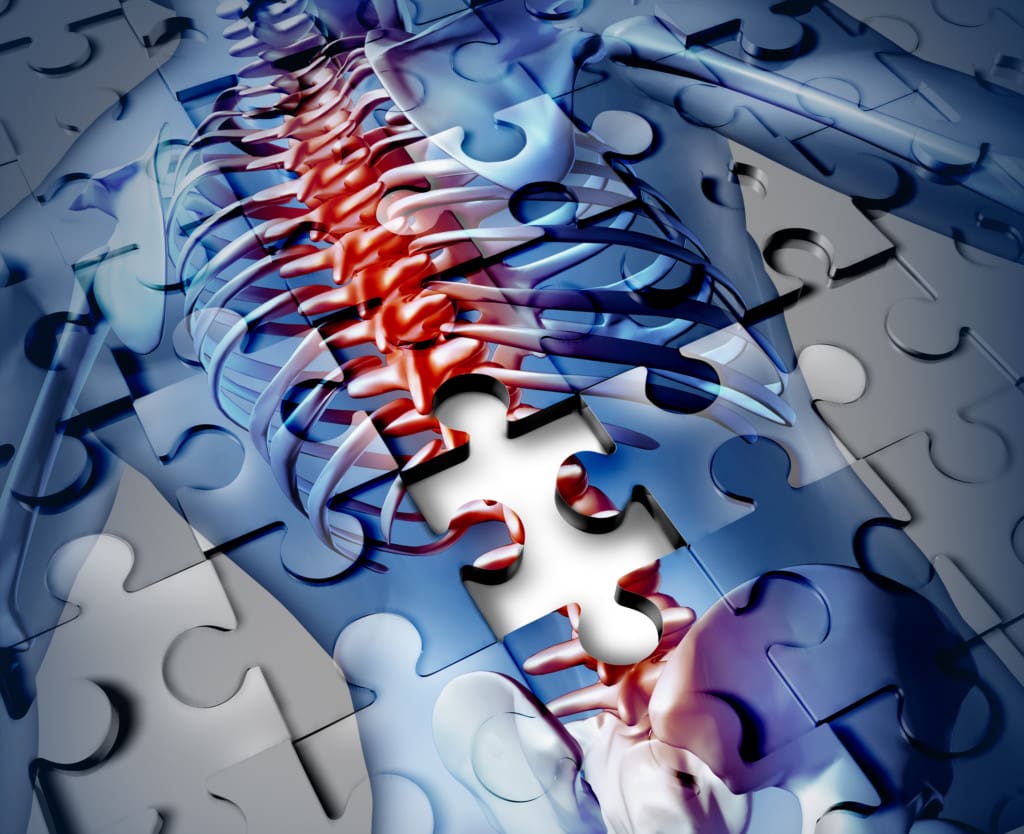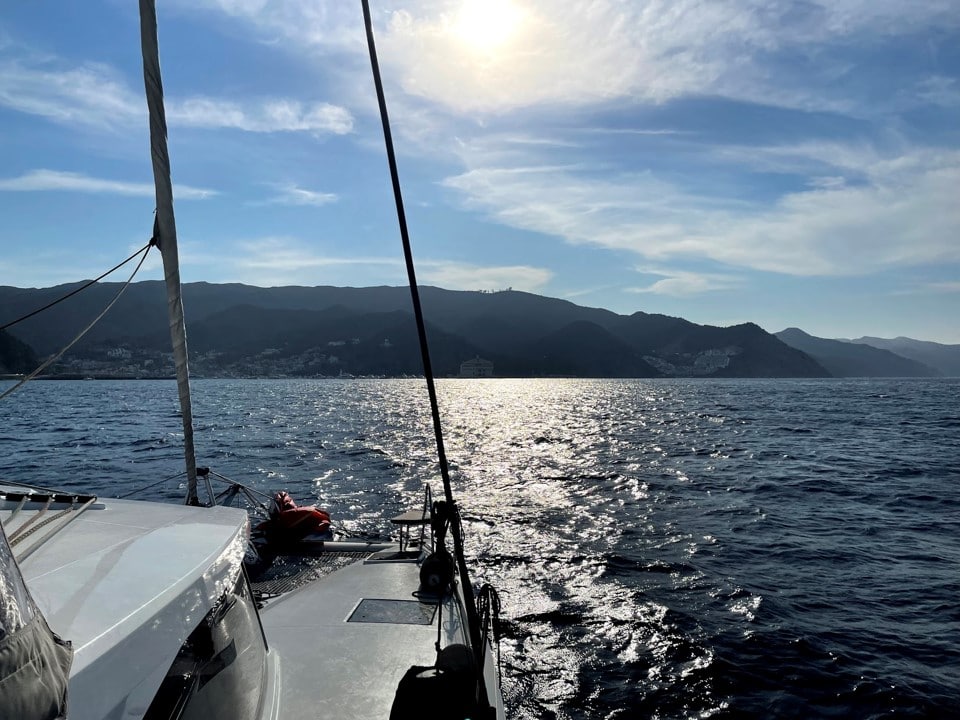An Anchor Chain, Morning Activities, and Back Pain

Credit: Shutterstock
I’m back after a week-long hiatus with a story of how and why people tend to throw their backs out early in the morning or after prolonged sitting. I hope that my story will help some readers with chronic back pain save themselves from that next big blow-up. Let’s dig in.
My Back and Mornings
I’ve had a few very big low-back blow-ups in my life. You know the type where you instantly know that you’ve done something horrible which results in your back seizing up and you barely being able to walk? I had two of these when I used to lift heavy weights first thing in the morning. Another after spending a few hours on my mountain bike in flexion. So what do all of these events have in common? An inhibited multifidus. What’s that?
Multifidus 101
If you read this blog regularly, you know all about the multifidus. This is the main stabilizing muscle of the low back. To learn more, watch my video below:
An Anchor Chain

As you may have read, I spent this past week on a sailing catamaran off the coast of California. Why there? Because there are no places to get ocean sailing courses in Colorado. The picture above is when we came into Catalina Island, which is about 35 nautical miles off the coast.
On the last day of our course, I was on anchor haul-up duties and the chain fouled, which meant that at 6 am before my back had properly warmed up, I had to do some manhandling in flexion which threw out my back. Two days later, it’s recovering well, so I likely won’t need any injections, but this event brings up some good advice for patients with chronic low back issues. Don’t do this stuff first thing in the morning! Why?
Low Back Issues First Thing in the Morning
Ever since I had my early morning weight lifting injuries, I make a habit of NOT lifting or exercising in the morning. In fact, if I have to work out at 7 am because of an early morning commitment, I’ll walk up at 4 or 5 am just to make sure my back has a few hours to “warm up”. So what’s happening during that time?
The multifidus muscle turns off when you’re in prolonged flexion (1-3). This happens when you sleep, work in a prolonged forward bent position, or go cycling. Given that it can take several minutes to an hour or so to turn back on, the low back levels are not being actively stabilized and protected during this time. This means that a move or jerk or load in the wrong direction can cause one vertebra to get misaligned relative to another and tweak a disc, nerve, or low back facet joint. This will feel like you threw your back out.
So when I manhandled an anchor chain after just waking up, that meant that my back was at risk during that time. So what advice can I give if you have chronic low back pain?
Avoid lifting or using your low back:
- First thing in the morning until you feel fluid and warmed up
- After working in prolonged flexion
- After spending a significant amount of time on your bike
The upshot? Following some simple rules can keep your back from getting hammered at the wrong time. Unlike me, you do have to remember to follow them!
_____________________________
References:
- Navar D, Zhou BH, Lu Y, Solomonow M. High-repetition cyclic loading is a risk factor for a lumbar disorder. Muscle Nerve. 2006 Nov;34(5):614-22. doi: 10.1002/mus.20629. PMID: 16892430.
- Granata KP, Rogers E, Moorhouse K. Effects of static flexion-relaxation on paraspinal reflex behavior. Clin Biomech (Bristol, Avon). 2005 Jan;20(1):16-24. doi: 10.1016/j.clinbiomech.2004.09.001. PMID: 15567532; PMCID: PMC1630677.
- Burnett AF, Cornelius MW, Dankaerts W, O’sullivan PB. Spinal kinematics and trunk muscle activity in cyclists: a comparison between healthy controls and non-specific chronic low back pain subjects-a pilot investigation. Man Ther. 2004 Nov;9(4):211-9. doi: 10.1016/j.math.2004.06.002. PMID: 15522646.

If you have questions or comments about this blog post, please email us at [email protected]
NOTE: This blog post provides general information to help the reader better understand regenerative medicine, musculoskeletal health, and related subjects. All content provided in this blog, website, or any linked materials, including text, graphics, images, patient profiles, outcomes, and information, are not intended and should not be considered or used as a substitute for medical advice, diagnosis, or treatment. Please always consult with a professional and certified healthcare provider to discuss if a treatment is right for you.
